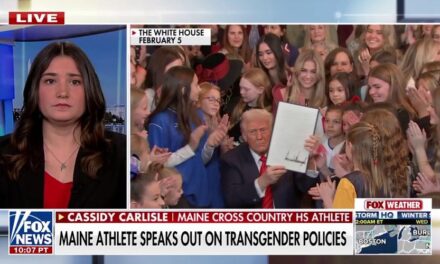The political landscape appears to be heating up as the Trump-Vance ticket markedly outpaces the Harris-Walz team in media engagements. Since last month, Donald Trump and his running mate, J.D. Vance, have given a striking 49 interviews, a number almost five times greater than the combined 10 interviews granted by Vice President Kamala Harris and her running mate, Tim Walz.
This aggressive media blitz by the Trump-Vance ticket is seen as strategic, aimed at garnering attention and shaping public opinion ahead of the forthcoming elections. Analysts suggest that the sheer volume of interviews reflects a concerted effort by Trump and Vance to dominate the news cycle, as they seek to leverage their media visibility to bolster their campaign.
Meanwhile, critics of the Harris-Walz strategy argue that the limited number of interviews could be a missed opportunity to connect with voters on a more personal level. However, insiders from the Harris-Walz camp contend that their approach is more calculated, focusing on quality over quantity. They are keen on delivering measured, impactful messages rather than contributing to what some might view as media fatigue.
Political observers note that Trump’s approach of frequent media appearances is not new, as he has long relied on taking center stage in the media to communicate his policies and rally his base. Conversely, Harris and Walz seem to be taking a more conservative route, potentially aiming to avoid any gaffes or soundbites that could be used against them.
The disparity in media engagements between the two camps raises questions about the effectiveness of their respective strategies. Trump’s all-out media drive seems to fit well within his broader campaign approach, which heavily focuses on direct communication with the electorate. On the other hand, Harris and Walz seem to be adopting a more traditional method, placing their bets on planned media interactions and carefully crafted messages.
The effectiveness of these polar-opposite strategies will ultimately be judged by the voters. As the election season progresses, it will be interesting to observe whether the Trump-Vance ticket’s media saturation approach pays off or if the Harris-Walz team’s more reserved media strategy manages to capture the electorate’s favor.
The media dynamic between the two teams could also serve as a bellwether for future campaigns, showcasing whether aggressive media engagement or a thoughtful, measured approach resonates more effectively with the electorate. For now, it is clear that Trump and Vance are unwilling to cede any inch of media space to their opponents, hoping that their visibility translates into voter confidence and, ultimately, success at the polls.
































